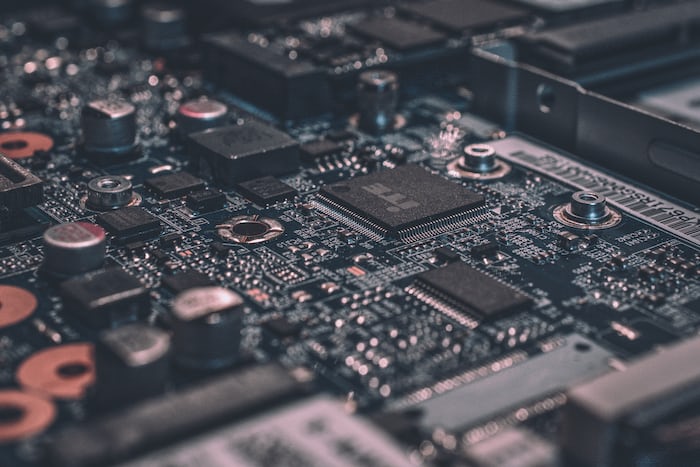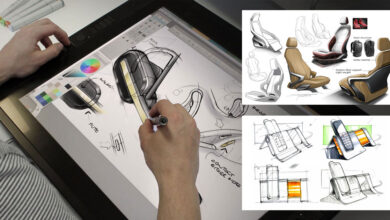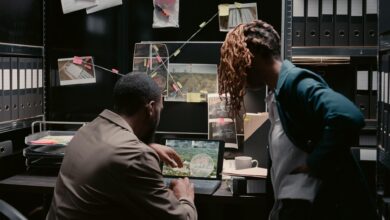Decoding the Intersection of Image to Text Conversion and OCR Technology

The Evolution of OCR Technology
Optical Character Recognition (OCR) technology has come a long way since its inception. From its early days of recognizing simple fonts and characters to its current ability to interpret complex images and documents, OCR has revolutionized the way we digitize text. The technology works by analyzing the structure of characters in an image and translating them into encoded text that computers can understand and manipulate.
A Leap into Advanced Document Handling
In recent years, OCR technology has evolved to handle not just plain text conversion, but also the transformation of images into editable formats such as Word or Excel. This advancement is significant because it allows for the preservation of the original layout and formatting of documents. An example of such technology is the OCR Online.
Unlike basic OCR solutions, this image to text converting tool offers the capability to convert PDF files into various formats, including Word and Excel. This feature is essential for maintaining the structural integrity and appearance of the original document, ensuring that it remains functional and immediately usable after conversion.
The Synergy with Image Processing Techniques
Bridging the Gap with Advanced Algorithms
The integration of OCR with advanced image processing techniques has bridged a significant gap in digital document management. Image processing algorithms enhance the accuracy of OCR by preprocessing images to remove noise and improve contrast. This preprocessing is crucial for OCR software to correctly identify and convert characters, especially in documents with complex layouts or poor image quality.
The Role of Machine Learning
Machine learning algorithms play a pivotal role in the continuous improvement of OCR accuracy. These algorithms enable OCR systems to learn from vast datasets, improving their ability to recognize a wide range of fonts and character styles. The incorporation of machine learning into OCR technology has expanded its capabilities beyond traditional text recognition, allowing it to interpret graphical elements, handwritten notes, and even distorted text.
The Impact on Business and Everyday Life
The intersection of OCR technology and image-to-text conversion tools has had a profound impact on both the business world and our daily lives. For businesses, the ability to quickly convert scanned documents into editable formats has streamlined workflow processes, improved data management, and enhanced overall efficiency.
Transforming Everyday Interactions
In our daily lives, OCR technology has significantly simplified tasks such as digitizing handwritten notes, processing receipts, translating text from images, and efficiently managing personal documents.
The convenience of converting physical documents into digital formats extends to reading bills, organizing personal records, and even interpreting text from photographs in real-time. This technological advancement has made information more accessible, shareable, and usable, thereby fostering a more connected and efficient world.
It has revolutionized the way we handle and interact with textual data, bridging the gap between the physical and digital realms, and enhancing our ability to communicate and process information in a seamless manner.
Conclusion
The synergy between image to text conversion and OCR technology represents a significant leap in digital information processing. By continuously evolving and incorporating advanced techniques, this technology is not only enhancing the accuracy and efficiency of text digitization but also transforming the way we interact with and manage information in both professional and personal settings.



